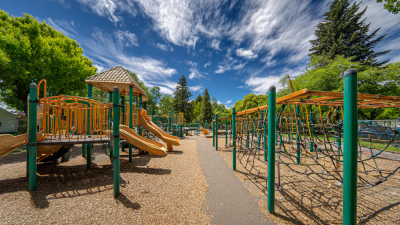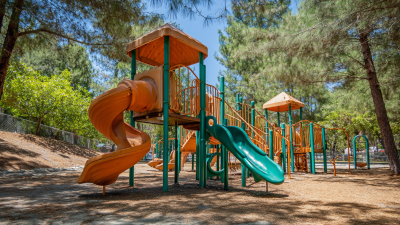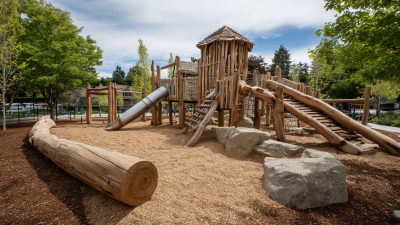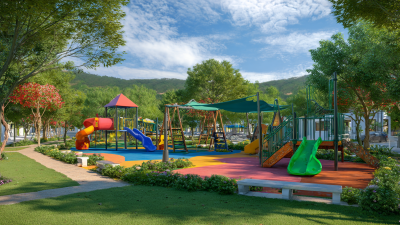 +86-13901441113
+86-13901441113




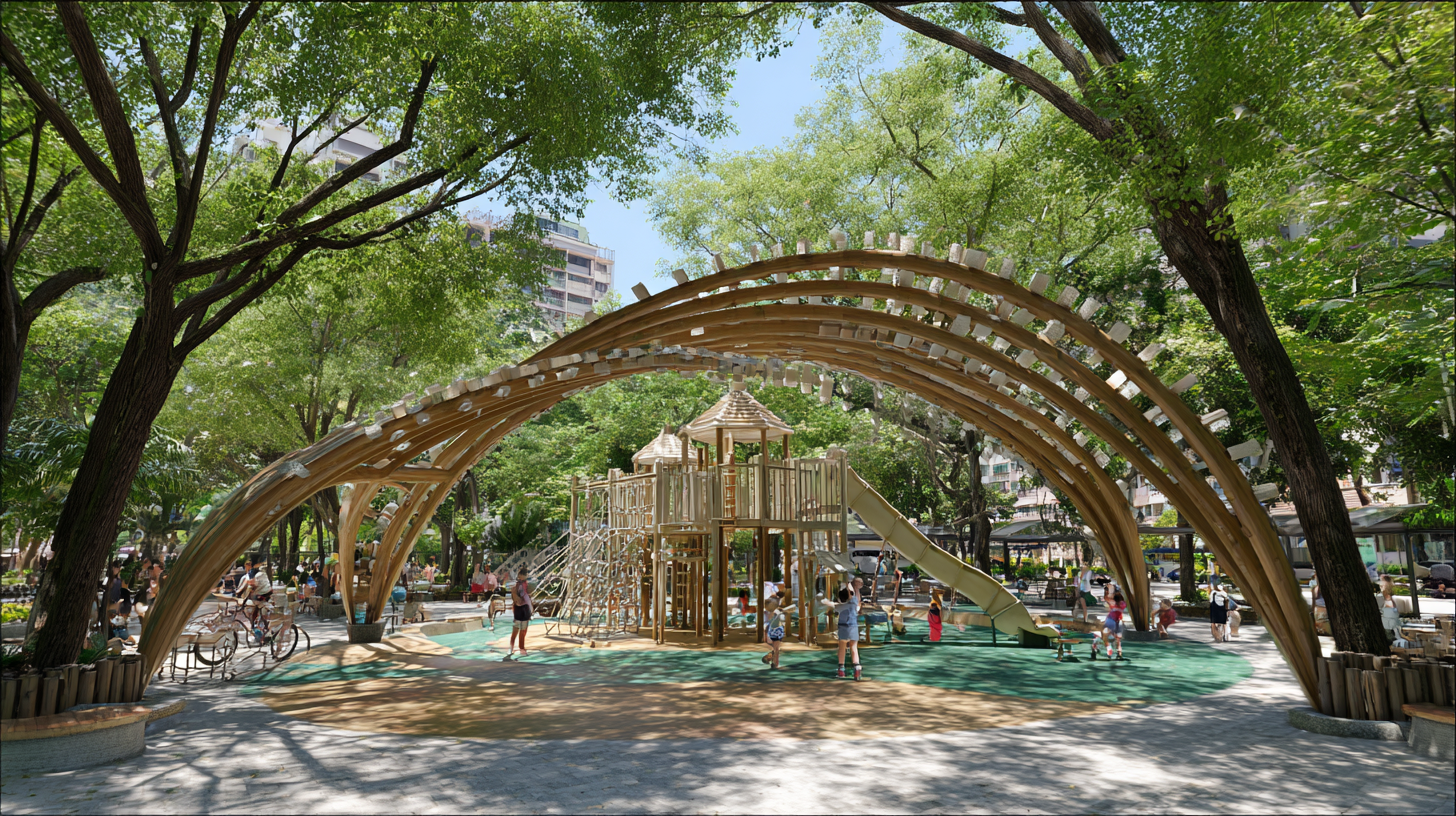 Creating an engaging playground in the park is essential for fostering community interaction and providing children with a safe haven for play and exploration. The design of a playground in the park should not only focus on the physical structures but also consider the emotional and social experiences of children and their families. By incorporating vibrant colors, safe play equipment, and interactive elements, we can stimulate children's imaginations and encourage them to engage in active play.
Creating an engaging playground in the park is essential for fostering community interaction and providing children with a safe haven for play and exploration. The design of a playground in the park should not only focus on the physical structures but also consider the emotional and social experiences of children and their families. By incorporating vibrant colors, safe play equipment, and interactive elements, we can stimulate children's imaginations and encourage them to engage in active play.
Beyond play structures, the integration of natural elements, seating areas for parents, and community gathering spaces can enhance the overall experience. In this guide, we will explore innovative ideas and practical strategies for transforming a simple playground in the park into an enriching environment that promotes creativity, inclusivity, and healthy lifestyles for families in the community.
Creating an engaging playground experience for children and families is essential for fostering outdoor physical activity and social interaction. According to a report from the National Recreation and Park Association (NRPA), more than 80% of children do not meet the recommended levels of physical activity, highlighting the urgent need for designs that encourage active play. Incorporating multi-sensory elements such as climbing structures, slides, and interactive play panels can significantly enhance engagement. These features not only intrigue children but also promote motor skills and physical development.

In addition to physical equipment, safety and accessibility are crucial components of an ideal playground experience. The U.S. Consumer Product Safety Commission (CPSC) asserts that nearly 200,000 children are treated for playground-related injuries annually. Therefore, selecting non-toxic materials, soft surface coverings, and age-appropriate design are key to creating a safe environment. Furthermore, including features like wheelchair-accessible swings and sensory play areas ensures that families from diverse backgrounds can enjoy the space together, reinforcing inclusivity in community parks. Prioritizing these key features helps cultivate an inviting and joyful atmosphere for all visitors.
Creating an engaging playground experience involves more than just installing swings and slides; it requires thoughtful design that caters to children's varied interests and developmental needs. According to a report from the International Play Equipment Manufacturers Association (IPEMA), children engage more deeply in play when equipment encourages imaginative and interactive experiences. Elements such as climbing walls, sensory gardens, and musical instruments can provide creativity and physical engagement, catering to children of different ages and abilities.
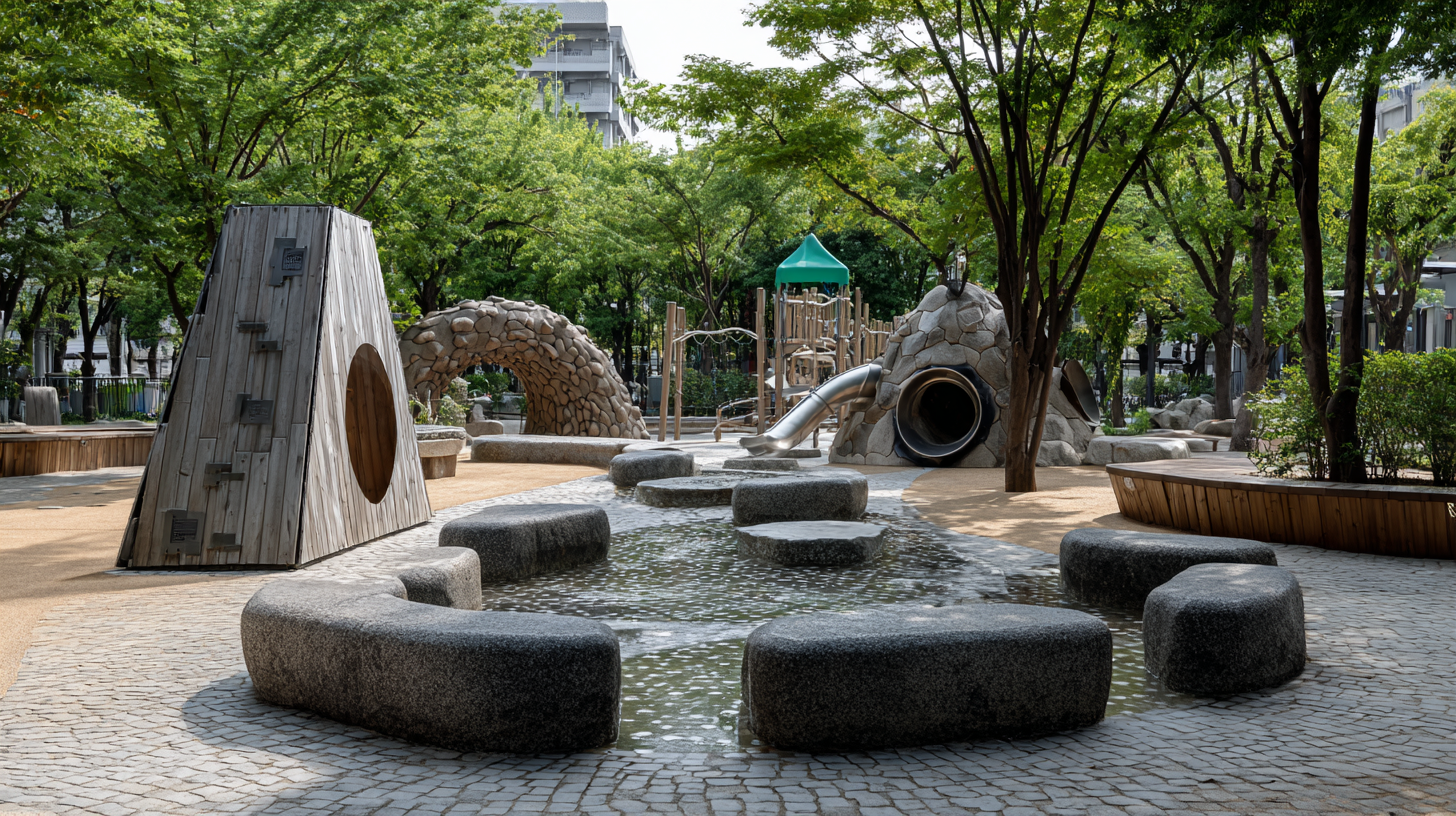
Tips for Designing Interactive Play Equipment: Incorporate a mix of movable and fixed elements that challenge both the physical and cognitive skills of kids. Features like balance beams can promote motor skills, while storytelling corners encourage social interaction and imaginative play. Aim for inclusivity by adding adaptive equipment suitable for children with disabilities, fostering a community experience for all families.
Data shows that playgrounds designed with diverse activities increase playtime by up to 30% (National Recreation and Park Association). Ensuring age-appropriate zones within the park can help keep younger children safe while also providing older kids with exciting challenges. By integrating various play types and creative elements, you can create a captivating playground that nurtures the growth and happiness of every child.
Creating safe and inclusive playgrounds is essential for fostering an environment where all children and families can thrive. Recent research emphasizes the importance of integrating sensory, motor, and socio-emotional experiences within playground design to support the developmental needs of young children. Engaging children, especially those with neurodivergent conditions, in the design process ensures that playgrounds cater to a wider range of abilities, allowing every child to envision their ideal play experience. By inviting these voices into the design of public play spaces, communities can create environments that promote inclusivity and safety.
Moreover, inclusive play areas serve as vital community hubs, encouraging social interaction among children of diverse backgrounds and abilities. These spaces not only support physical health but also foster emotional well-being by providing children with the opportunity to connect and play together. Accessibility in playground design goes beyond just physical access; it encompasses creating sensory-rich environments that can accommodate various needs. Prioritizing these aspects in playground planning is crucial to building safe, welcoming places for families, enhancing the overall quality of life in urban settings.
Creating an engaging playground experience for children and families goes beyond merely providing swings and slides; it requires a thoughtful integration of nature and natural elements into the environment. Incorporating greenery, such as trees and shrubs, not only enhances the aesthetic appeal of the playground but also offers shade and a habitat for local wildlife. Natural play features, like boulders, logs, and sand, can stimulate imaginative play while allowing children to interact directly with the earth, fostering a connection to the environment.
Additionally, incorporating natural elements can promote sensory exploration and physical activity. For instance, a small stream or a pond can encourage children to observe and engage with aquatic life, while trails made from natural materials can provide opportunities for hiking and exploration. Designing play areas with varied textures, such as grass, mulch, and stone, stimulates tactile experiences. By emphasizing these natural components, playgrounds can become vibrant ecosystems where children and families learn, play, and grow together, making every visit a unique adventure in nature.
Engaging the community in playground planning and maintenance activities is essential for creating an inviting environment that meets the needs of children and families. To begin with, forming community committees can be a pivotal step. These committees can include parents, local educators, and representatives from youth organizations. By involving diverse voices, the planning process becomes more inclusive, ensuring that the playground reflects the desires and needs of the families it serves. Workshops and open forums can be organized to gather input on design ideas and features that would best suit the children in the neighborhood.
Moreover, ongoing maintenance of playgrounds can be significantly enhanced through community involvement. Regular volunteer days can be scheduled, where families come together to clean, paint, or repair equipment. This not only fosters a sense of ownership but also strengthens community ties. Additionally, implementing a “sponsor a piece of equipment” program can encourage local businesses and families to contribute directly to the playground's upkeep. By integrating community members into both the planning and maintenance phases, playgrounds can flourish as vibrant spaces that promote play, interaction, and a sense of belonging for all.
